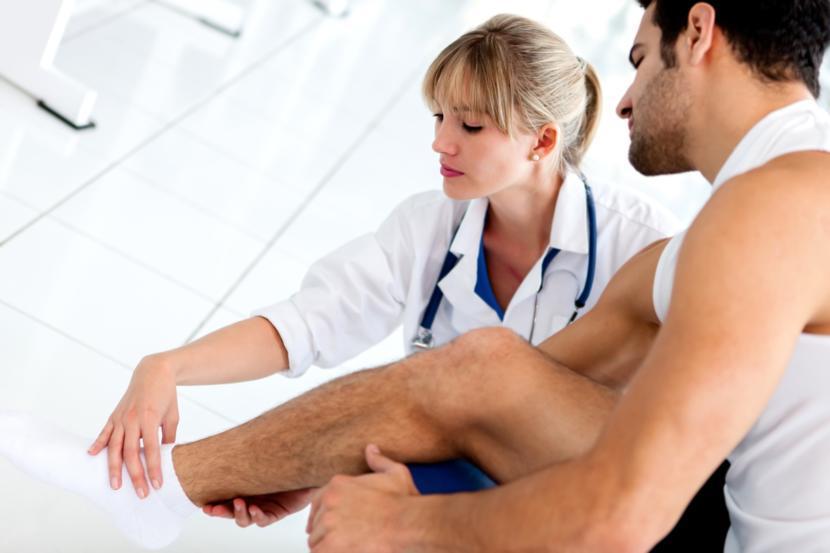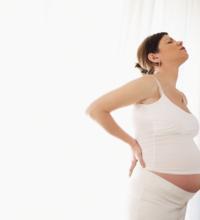How Is Restless Legs Syndrome Diagnosed?
Restless Legs Syndrome

Restless legs syndrome (RLS) will interfere with your sleep patterns. Therefore, it can be regarded as a sleep disorder. Restless legs syndrome usually affects the legs. However, it can affect your arms, head, and neck. If you have RLS, you might experience unusual leg sensations and involuntary movement of the affected body part.
Different Sensations in Restless Legs Syndrome
Restless legs syndrome sufferers will often find it difficult to explain the nature of the sensations that they are experiencing. However, most of the patients will describe the feeling as:
• A discomfort in their legs
• Acute or mild pain
• Creeping sensation
• Aching of the muscles
• Feeling an itch that they cannot scratch
• Antsy
• Feeling of pins and needles in their bodies
• Pulling sensation
• Crawling sensation
• A buzzing sensation
• Numbness on the affected parts of their bodies
• An unpleasant tickle that doesn’t stop
• Jerking of the limbs while awake
Restless Legs Syndrome: What are the relieving factors?
These sensations can be alleviated by moving the affected part of your body. The following are common movements that can bring temporal or permanent relief to the body:
• Walking
• Stretching
• Biking
• Practicing some yoga exercises
• Running
• Rapidly moving your legs
• Relaxation by sitting or lying down
Restless Legs Syndrome: Diagnosis
There are no accurate medical/laboratory tests for the diagnosis of restless legs syndrome. However, your doctor will conduct blood tests and other medical tests to rule out other diseases and conditions that resemble RLS. The diagnosis is based on the patient’s medical history. Evaluating the signs and symptoms is necessary as far as diagnosis is concerned. Your doctor will try to establish your family history, drug use, and problems related to daytime sleepiness.
Restless Legs Syndrome: Diagnostic Criteria
Your doctor will check the following symptoms to confirm whether you have restless legs syndrome or not:
• Symptoms are severe during the night but disappear in the morning
• An irresistible sensation to move your legs and arms
• Pain
• Pricking sensation
• Tingling feeling
• Numbness in affected parts of the body
Universal Diagnosis Criteria
The following criteria have been adopted in the diagnosis:
• The urge to move your legs or hands: If you are experiencing an urge to move your legs or hands and if the symptoms are alleviated with movement or any activity, you might be suffering from restless legs syndrome.
• Symptoms still manifest even while at rest: If a patient’s symptoms worsen after sitting for a long time, he/she might be having restless legs syndrome.
• Nocturnal symptoms: If the patient is having mild or moderate RLS, he/she will exhibit a clear circadian rhythm as far as his/her symptoms are concerned. In addition, the sensory symptoms, as well as restlessness, will increase at night.
If you suspect that you are suffering from restless legs syndrome, it is vital to see your doctor as soon as possible for proper diagnosis and medication.







